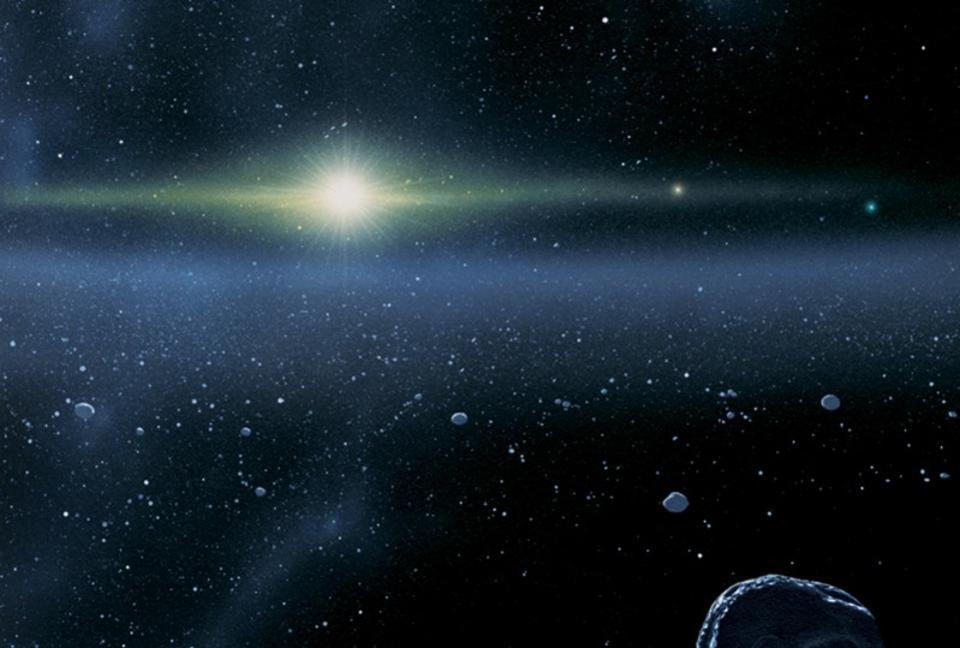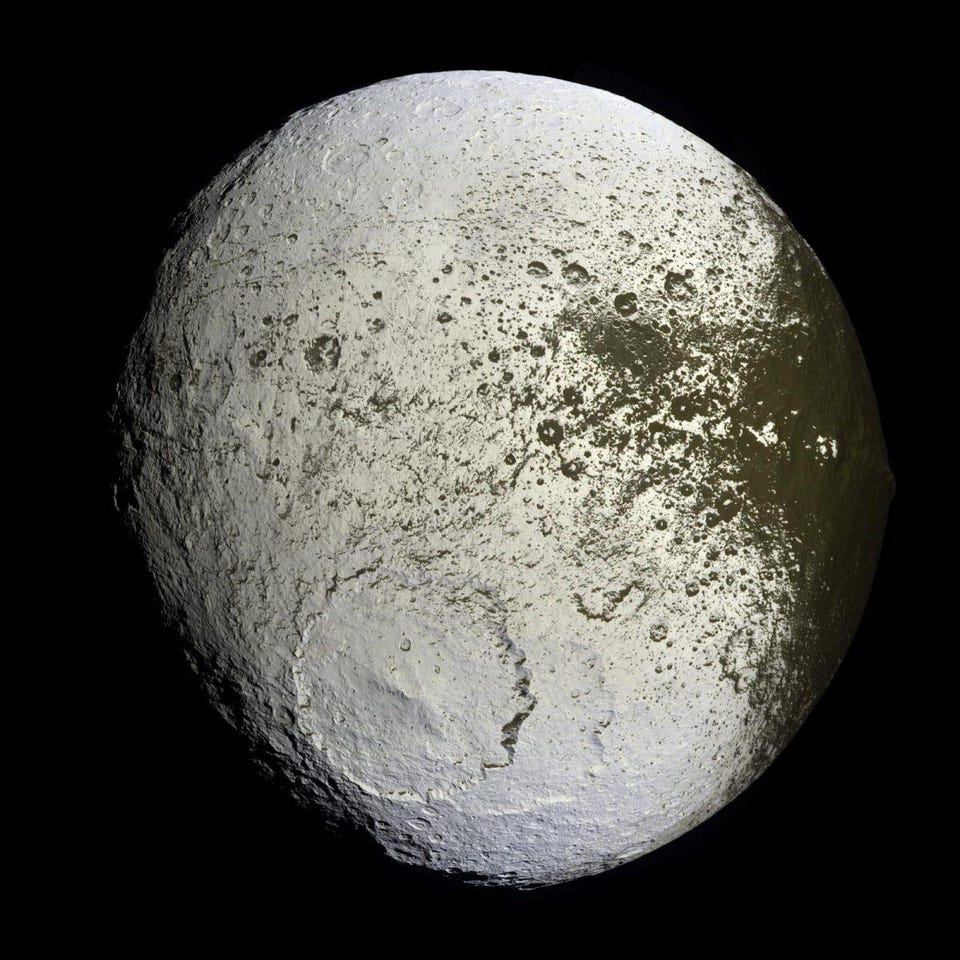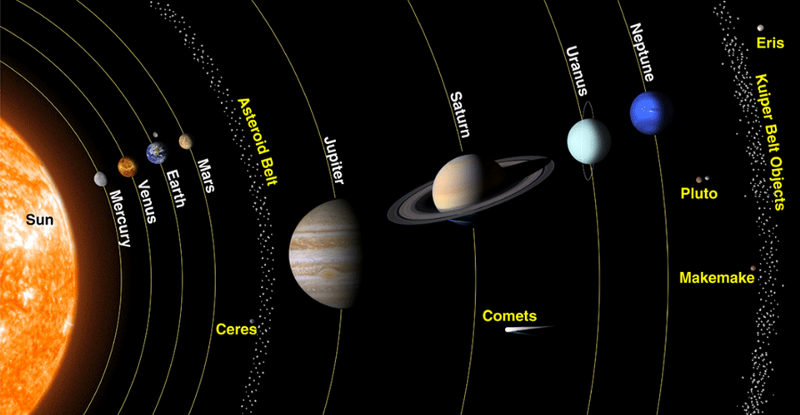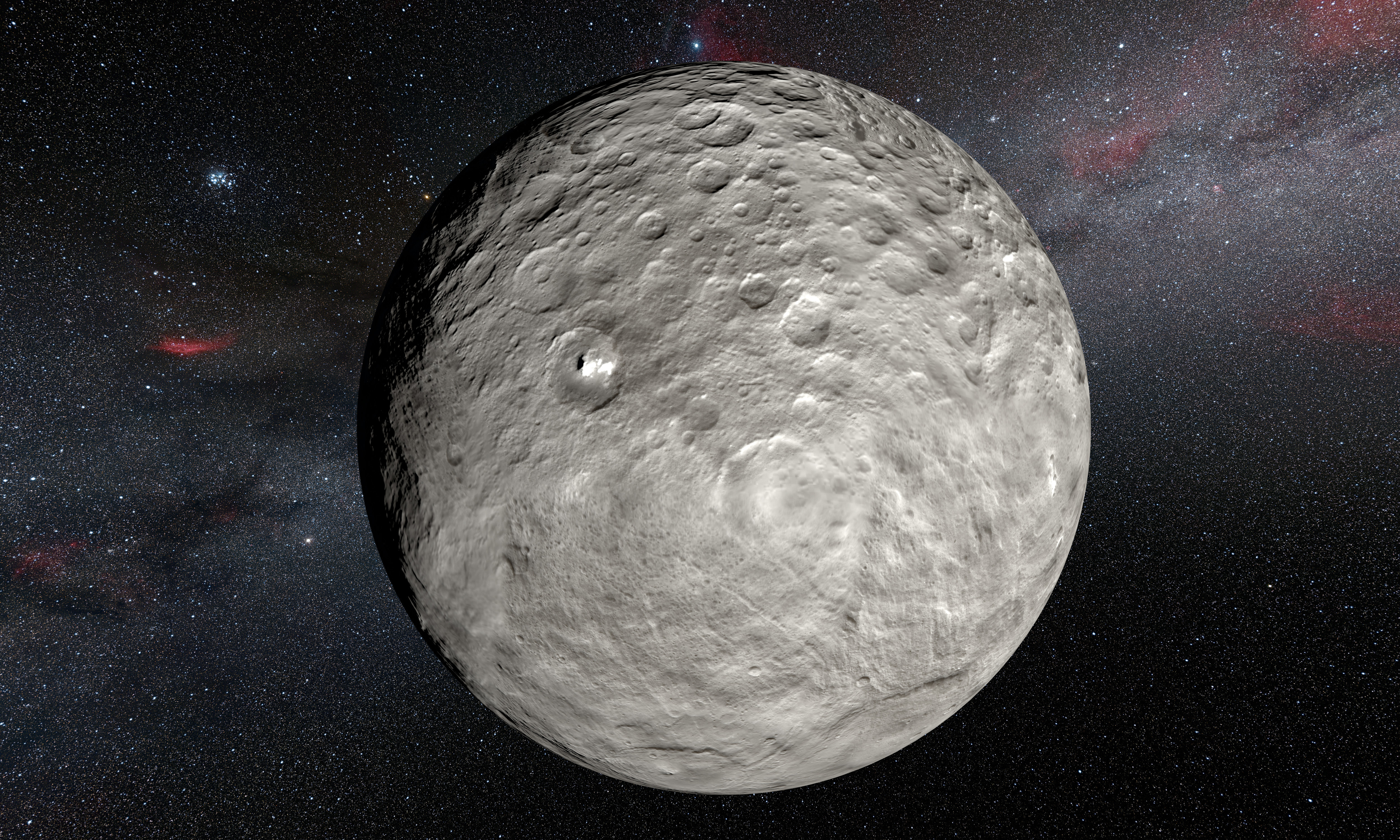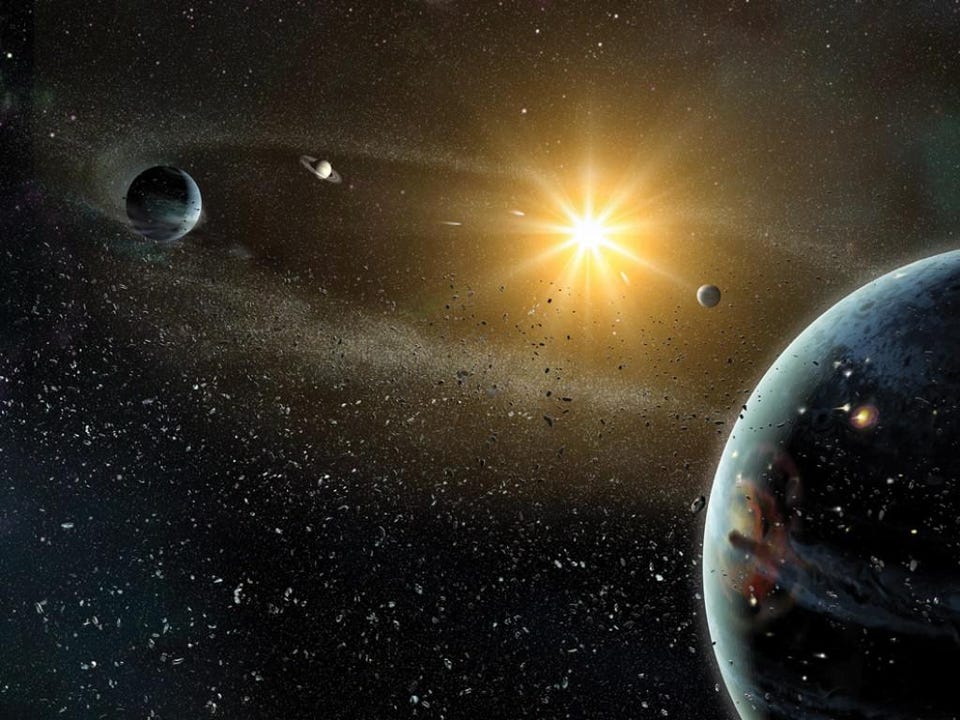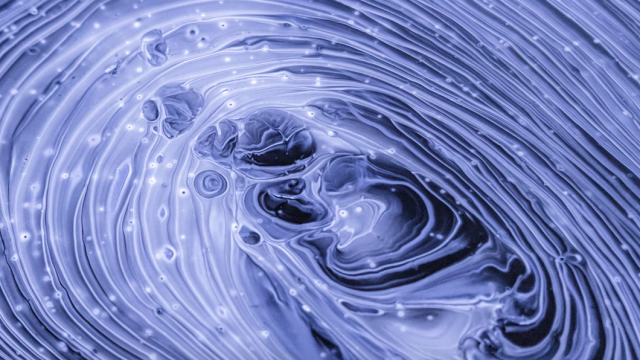Cryovolcanoes: How ice volcanoes reshaped the surface of Pluto
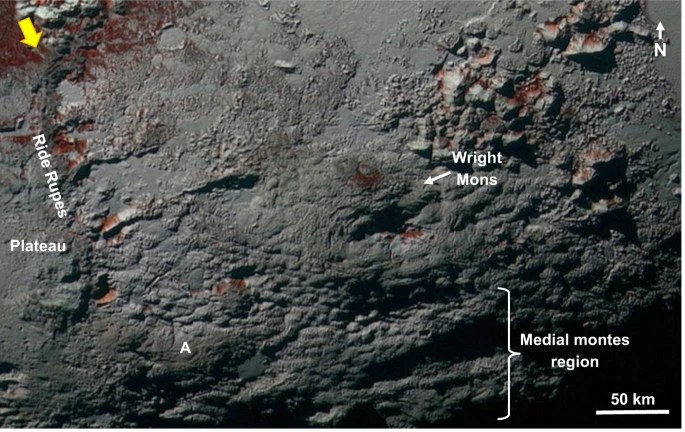
- In 2015, the New Horizons space probe imaged Pluto and found massive ice volcanoes.
- These “cryovolcanoes” are unlike anything else in our Solar System, both in shape and sheer size.
- They indicate that Pluto isn’t the completely frozen ball we thought it was.
On the fringes of the Solar System, the sun rises on Pluto. But it provides little warmth. Standing on Pluto, the sun looks tiny, just like a bright star. In fact, it’s so cold on Pluto that water, methane, and nitrogen never exist on the surface as liquids. This icy world may seem forever frozen, unchanging. However, when the New Horizons spacecraft imaged the surface of Pluto in 2015, it found that the surface of Pluto is active in its own way.
Massive ice volcanoes, called cryovolcanoes, were found on the surface of Pluto. These volcanoes are unlike anything else seen in our Solar System and can provide insights to what it is really like on this distant dwarf planet.
What is a cryovolcano?
On Pluto, it is very, very cold, with temperatures around -220° Celsius. The atmospheric pressure is also very low. Because of this, the surface of Pluto is far below the triple point of many molecules that could exist in a liquid state in other places of the solar system. In Pluto’s eternal winter, water, methane, and nitrogen are frozen.
Cryovolcanoes are the icy equivalent of the volcanoes that we are familiar with. Unlike volcanoes that we see on planets such as Earth and Mars, which spew liquid rock, cryovolcanoes send up ice, vapor, and liquid volatiles. When these volatiles encounter the frigid atmosphere, they condense into ice. Cryovolcanoes are common in the outer Solar System, on the icy moons of the gas giants. They have even been seen in action, sending up icy plumes on Enceladus and Triton.
The weirdness of Pluto
Recently, Dr. Kelsi Singer of the Southwest Research Institute in Boulder, Colorado led a team to examine images taken by the New Horizons spacecraft, and their research was published in Nature Communications.
What stood out first to the team was the terrain around the volcanoes. It was very strange, appearing rough and undulating, almost like the skin of an orange. These were hills, with flat or rounded tops, which rose and fell regularly, about 6 to 12 kilometers wide. Singer and her team analyzed these strange formations on Pluto, which they called hummocky flanks.
“Hummocky is a fun geology word that basically means there are similarly-sized bumps across the land,” Singer explained to Big Think. “So it is a bit different than if you have just a hilly terrain; the main difference is that you have a bunch of lumps that are similar in size all right next to each other.”
Because Pluto is so cold, they didn’t expect ice to melt and refreeze to form these structures. Nor did the hummocks look to be a product of erosion. But they weren’t the only puzzling feature the team observed.
The volcanoes themselves were also unique. “They are giant, broad volcanoes, but there is no caldera at the top,” Singer said. “Cryovolcanic areas on Neptune’s moon Triton, for example, are more like flood-volcanism: They form giant smooth plains with caldera-like structures in the middle.”
They are also massive. One cryovolcano, Wright Mons, was about 5 kilometers high and 150 kilometers across. Another, Piccard Mons, was even larger at 7 kilometers tall and 225 kilometers wide. In comparison, the cryovolcano on Triton is 100 kilometers across, while the entire moon of Enceladus is only about 500 kilometers in diameter.
The central depressions of the cryovolcanoes are likewise extremely large. If they formed when the volcanoes collapsed, it would mean that half the volume of the volcano was lost.
Explaining Pluto’s hummocks and cryovolcanoes
What could cause these hummocks and cryovolcanoes? Early in Pluto’s history, it was impacted by a large object that formed Pluto’s moon, Charon. When two celestial bodies impact, the tidal heating that results could potentially cause volcanism. However, the heat from this collision should have died off long ago, while the volcanic activity is much more recent, on the order of 1 to 2 billion years old.
Using the evidence they collected, the team also suggested that Wright Mons and Piccard Mons are not a single cryovolcano, but rather multiple eruption sites that merged. In addition, these volcanoes suggest that Pluto is not as frozen through and through as we originally thought, but has retained some heat that drives the cryovolcanoes. That also implies that a liquid ocean beneath the surface of Pluto might exist, but this remains unknown. As Singer says, “Maybe someday we will know the answer to where the extra heat comes from!”
